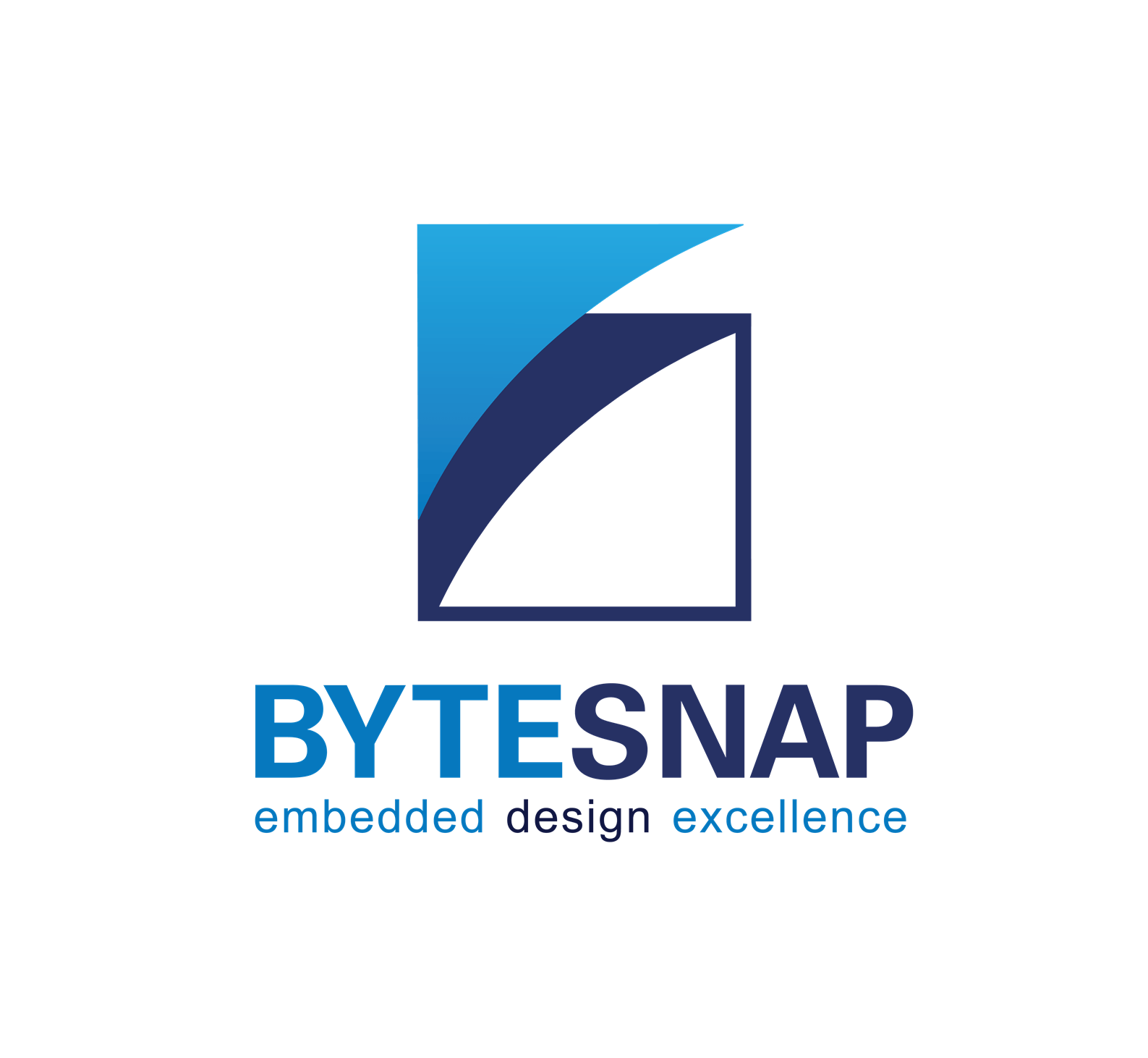3 expert tips to help you optimise your smart home system design projects
Happy Smart Home Day! Here are our top development tips for designing products for smart home systems.

1 Give consideration to energy demand response when designing new products
In the future, energy providers will need to better balance provision of electricity, requiring less energy to be used during times of peak demand to help keep the grid stable.
For instance, there will be peak points in energy demand, where people go home and plug in their cars or turn their kettles on.
If you’ve got an immersion heater at home, it might be your immersion heater – or whatever is controlling your immersion heater – basically has told not to turn on or to use a smaller amount of power than it would normally throughout the day.
Therefore, it’s important to design your smart home product whilst bearing in mind that the device may well be instructed from time to time to use less energy.
Of course, this will have an impact on end users. If you want your heating on, you turn it on expecting some heat pretty soon after!
But at what cost?
End users heating their homes to a lower temperature (although many households in the UK are already rationing heating due to soaring energy prices)?
Or perhaps not heating homes up for a hour or two, because local substation is having too much power pulled through and is turned off for an hour?
It’s vital to design new smart home products with energy demand response in mind.
Home energy management systems (HEMS) are the future. Industry analysts expect the global home energy management systems market to reach US$ 6 Billion in the next 5 years.
If you’re product designing for smart home systems, it’s best to get ahead of the game now and give HEMS careful consideration when planning your development projects.
2 Beat the chip shortage by designing for hardware contingencies
We would strongly advise on considering your hardware contingencies at project start.
Design your software so that different hardware variants can all be on the same codebase. That way, your software will support your hardware variants transparently.
For example, you may consider migrating from STM32, to GD32; although very similar, the differences between them mean you must factor in the software effort necessary to get it working on your product development.
There’s still some way to go before we see the back of the global chip shortage, and for many, getting the components of choice involve either lengthy lead times or tracking down alternatives (not always as easy as it sounds, by the way). Thus, flexibility in design is more important than ever.
By designing with different hardware capabilities in mind from the start, you’ll find that early additional cost should mean less pain later on in your product development.

3 Plan carefully for licensing and certification requirements for your smart home product
Remember to plan for certification and licencing for your smart home device or system.
If you’re going to white label your product for other companies to use, they have to go through the same licencing, even though the product and the software are the same. They have to go through the same licencing.
When designing for Matter Standard for example, you have to be accredited.
Matter Standard’s governing body, the CSA (Connectivity Standards Alliance), has what they call a ledger of approved devices, which is kept updated. Successful completion of the Matter Standard certification process is necessary in order for your smart home device or system to be added that ledger.
This offers transparency in terms of the smart home devices and systems that are truly Matter Standard certified.
Other Smart Home platforms and systems, such Google Home and Apple Homekit, have similar requirements.
In general, when designing for smart home, factor in – and be sure you are fully aware of – the certification and licencing requirements for the communications standard you are targeting, as costs can quickly escalate.
Ready to accelerate your smart home development projects?

Founded in 2008, ByteSnap Design is an award-winning embedded systems design consultancy, offering a comprehensive range of services across the electronic product development lifecycle.
A highly skilled team of over 40 hardware and software engineers, our expertise spans several sectors, including IoT, automotive, industrial, medical, and consumer electronics.
The engineering consultants on the ByteSnap Editorial Team share their knowledge and practical tips to help you streamline your product development and accelerate designs to market successfully.
With their deep technical expertise and practical experience, they aim to provide valuable insights and actionable tips to guide you through the complex world of electronic product design and development, to help you bring innovative, reliable, and secure electronic products to market quickly and cost-effectively.
Knowledge Panel - Smart Home System Design FAQs
What are the key considerations when selecting wireless protocols for smart home devices?
Key considerations when selecting wireless protocols for smart home devices include:
- Range
- Power consumption
- Bandwidth
- Interference
- Compatibility
- Scalability
How can we ensure interoperability between different smart home devices and ecosystems?
By using open standards and protocols like Matter; selecting widely supported protocols such as Wi-Fi or Zigbee; implementing cloud-based integration platforms; and using hub devices that support multiple protocols.
What are the best practices for implementing secure communication in smart home systems?
Best practices tips for secure communication in smart home systems include:
- Using strong encryption (e.g., AES-128 or higher)
- Implementing secure device provisioning and authentication
- Regular firmware updates to address vulnerabilities
- Using secure protocols like Thread or Matter that have built-in security features
How do we optimise power consumption in battery-operated smart home devices?
It’s good practise to choose low-power protocols like Zigbee, Z-Wave, or BLE. Also:
- Implement sleep modes and efficient wake-up mechanisms
- Optimise data transmission frequency and payload size
- Use energy-efficient components and circuit designs
What are the advantages of using i.MX8 for embedded systems?
The i.MX8 offers advanced processing power, high-performance graphics, and efficient power consumption, as an embedded focused chip support documentation is available for all aspects of the chip along with extensive software support for the many areas it can be used in, with longevity also it makes a stronger choice for bespoke devices over other ARM chips.
What are the key features of the i.MX9 processor family?
The i.MX9 processor family offers performance and power efficiency focused on automotive and industrial focused devices. Solid security measures, demands of next-generation embedded applications in automotive, industrial, and IoT sectors.
How does the i.MX9 family improve upon the i.MX8 series?
The i.MX9 family complements the i.MX8 series with a focus on more automotive features such as CAN bus, FlexIO where the i.IMX8 family has a more media orientated devices with more choices of GPU, video encoding and decoding support on top of the extensive connectivity and interface options.
What are the main differences between the i.MX8 and i.MX9 processor families?
The main differences between the i.MX8 and i.MX9 processor families include:
- In general more automotive focus with the i.MX9 and higher levels of serial protocols (I2C/SPI/UART/FlexIO/Can), where the i.MX8 has more media focus, more choices of GPU and video encoding and decoding support.
- Security: Both families offer extensive security options
- Power Efficiency: Both families of devices are power efficient, depending on the hardware features the CPUs have the capability to consume more power, the ULP devices are very low power and aimed at wearable devices.
- Graphics Capabilities: The i.MX95 has the highest level of graphics processing but otherwise the i.MX8 series is the standard go to device range for advanced display technologies and high resolutions.
- Connectivity: The i.MX9 family supports newer, high-speed interfaces and connectivity options, catering to the evolving needs of IoT applications.
What applications are best suited for the i.MX9 processor family?
The i.MX9 processor family is well-suited for a wide range of applications, including:
- Automotive systems or where CAN bus support is needed.
- Industrial automation and robotics, loads of interface options like I2C, SPI, Seral, PCI, Ethernet etc
- AI-powered IoT devices and edge computing applications using the iMX93/95
- High-performance human-machine interfaces (HMIs) on the iMX95
- Smart home and building automation systems
- Headless low power devices using the i.MX91/93
How does the i.MX9 family address the growing demand for AI in embedded systems?
The i.MX9 family addresses the growing demand for AI in embedded systems by incorporating dedicated neural processing units (NPUs) and optimised AI acceleration. This allows for more efficient execution of AI and machine learning algorithms directly on the device, enabling edge AI applications and reducing the need for cloud-based processing. As a result, developers can create more responsive and privacy-conscious AI-powered embedded systems using the i.MX93/95 processors.
What development tools and support are available for the i.MX9 processor family?
NXP provides a comprehensive ecosystem of development tools and support for the i.MX9 processor family. This includes:
- Linux BSP including prebuilt images for use on the NXP EVK reference boards.
- Evaluation boards and reference designs to accelerate prototyping
- Extensive documentation and application notes
- Community forums and technical support from NXP experts
- Third-party tools and middleware support from NXP’s partner ecosystem
These resources help developers quickly bring their i.MX9-based designs to market, reducing development time and costs.




